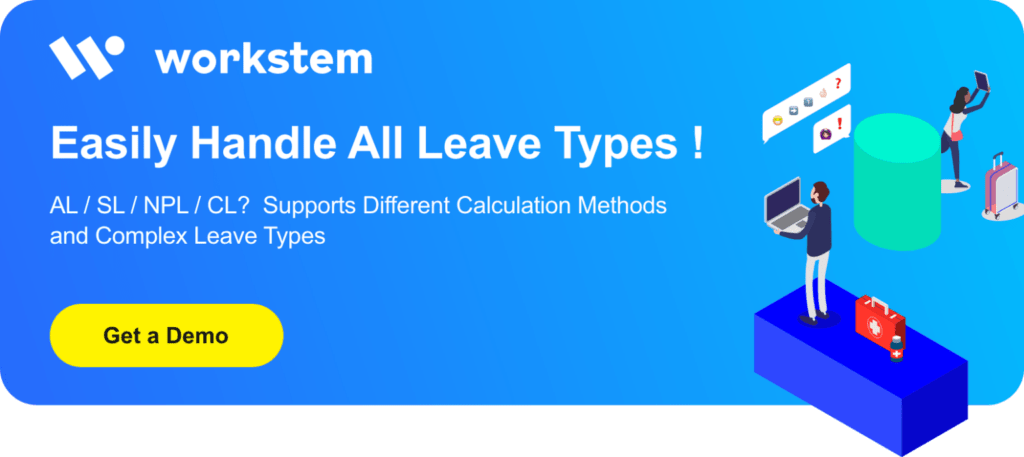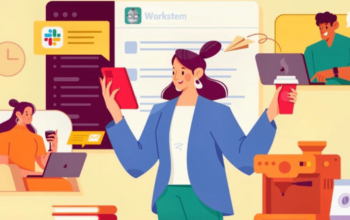Over the years, one of the ways organizations have managed to make themselves attractive to potential employees is through the use of an inclusive and flexible leave policy. This has proved to be a powerful incentive not just for employees looking for a positive work-life balance, but also for parents who want to be sure they’ll have the time to look after their children.
With the disruption brought on by the COVID-19 pandemic, parental leaves take on a different role especially as the rise of remote work redefines what it means to be a working parent. For example, although it’s true that remote work means being in closer proximity to one’s children, there’s a difference between being able to give them full attention versus having to balance their needs with Zoom meetings, urgent deadlines, and so forth. Although it’s undoubtedly a challenge for parents everywhere, it’s especially true for single parents in the workforce.
The onus is then on to HR to make sure a company’s parental leave policy evolves along with the times. Below is a list of ways HR can rethink their organization’s parental leave policy during the pandemic.
Allow parents to devote more time to their children
It isn’t just the office that’s gone remote. In many places, schools have also gone from physical classrooms to Google Meet and Zoom video calls.
Yet virtual classes also mean that parents will have to take additional time out to help children with their schoolwork and supervise their workstations—especially if they’re younger.
In addition to increasing the number of available parental leaves, some organizations have also begun to increase the number of sick leaves and implement flexible working hours. Measures such as these will go a long way in communicating that an organization cares for an employee’s family.
Encourage gender equality with parental leaves
Recent years have shed a growing light on the importance of paternal leave, with some advocates stressing that it’s just as crucial as maternal leave. This makes it especially distressing that the COVID-19 pandemic has caused some new fathers to put off availing of their paternal leaves, with many fearful of losing their jobs.
Employers should encourage an environment where it is clear there will be no repercussions for employees availing of their parental leaves. This can be done by reaching out to parents and asking for what they need, what challenges they face in the household, and of course any feedback on the company’s current parental leave policy.
Furthermore, employees should be given the option to stagger parental leaves so they can coordinate with their partners on who should be available and when. These initiatives make it clear that parental leave is for both parents, not just the mother or father.
Parental leave isn’t just for new parents
The pandemic has spurred a rethink on what parental leave really means. For one, it’s caused the realization that parental leaves shouldn’t just be exclusive to parents with newborns. In some ways, parents with young children need them just as much or even more.
Indeed, a progressive and effective parental leave policy is one of the most important things for employee retention. Companies such as media website Buzzfeed have even achieved a 95% parental return-to-work rate by offering 18 weeks of fully paid leave for primary caregivers and six weeks for secondary caregivers. With burnout becoming an increasing worry during the COVID-19 pandemic, a smart parental leave policy could mean the difference between a company thriving versus just surviving.
Simply put, parental leave is good for business. Offering paid parental leave can lead to higher productivity, boosted morale, and so much more.
As previously written about here on Workstem, maternity leave is already an integral part of many company’s operations. The payroll function on Workstem’s software can accurately calculate maternity leave pay based on employee information and automatically generate maternity leave balance and leave history. Thus, with mechanisms already in place to ensure efficient deployment of maternity leaves, using them to help shape a better parental leave is a no-brainer.
Technology such as Workstem’s leave management function also enables HR departments to easily track leaves and record important leave details. This allows HR to easily approve leaves and even customize the software according to their company’s policies. Thus, it becomes easier than ever to allow employees the time out they really deserve.
Parental leaves ought now to be thought of as a crucial business component and not just a handy perk to hold over employees’ heads. While it’s true that it will take the effort of the entire company to help out parents among the team, it’s up to HR to pave the way.
Read More:
Top 5 Reasons Why Companies Need an Organized Leave Management System
Do Employees Have Paid Sick Leave During Probation?

(The content and information in this article are for reference only. The accuracy and reliability of the information are subject to the latest government regulations. If you want to reprint the article or content, please contact us first or attach a link to this article, and indicate the source of reprint.)







![[418 Guide] Ordinance 418 And Continuous Contract](https://www.workstem.com/wp-content/uploads/2023/08/Untitled-design-min-350x220.png)